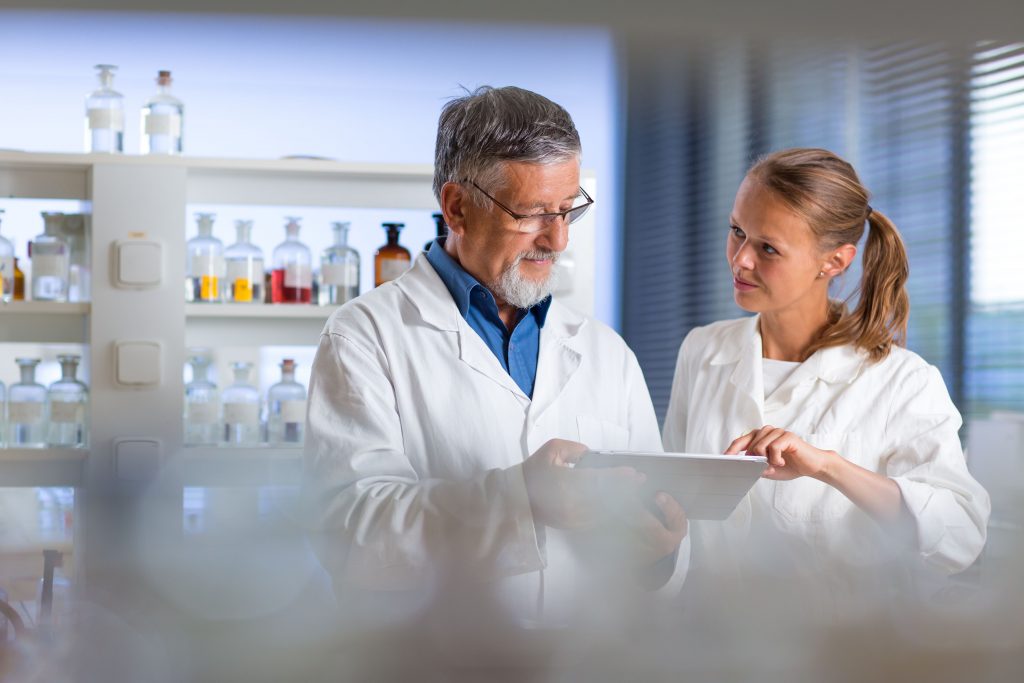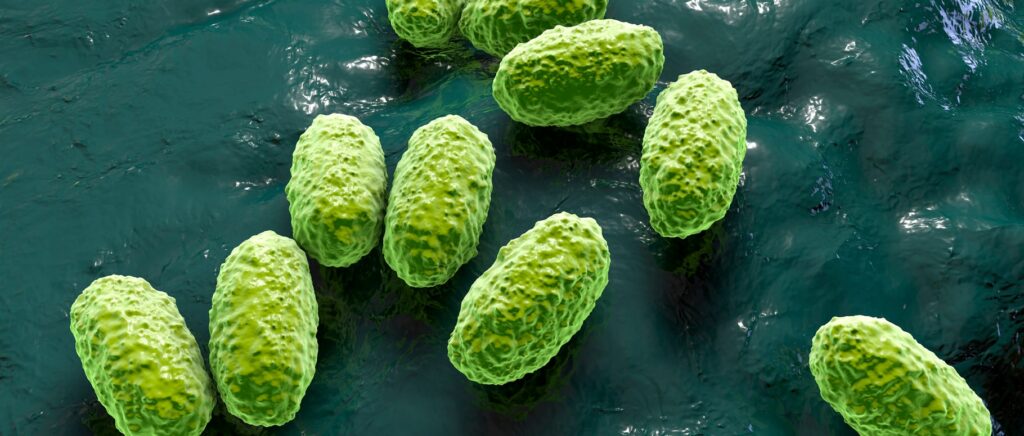

Protease is an enzyme that breaks down proteins into peptides and amino acids, making them available for digestion by the body. It is produced in the stomach (as pepsin), pancreas, and small intestinal mucosa.
Without protease, even the best quality protein (meat, fish, eggs, protein shakes) can remain unabsorbed – and worse, begin to rot in the intestines, causing unpleasant symptoms and overloading the immune system.
Who is in particular need of protease support?
| Group of people | Why protease is important |
|---|---|
| Athletes | High protein intake, fast metabolism |
| Older people | Decreased pancreatic activity |
| People with low stomach acidity | Poor breakdown of protein in the stomach → small intestine congestion |
| Patients with SIBP, pancreatitis | Disruption of enzyme activity and absorption |
| People on keto and protein diets | Increased protein intake, risk of incomplete digestion |
How does protease work?
Protease action starts already in the stomach (pepsin), then the main work continues in the small intestine with trypsin, chymotrypsin and other proteases secreted by the pancreas.
Mechanism:
-
Protein → cleaved to short peptides
-
Peptides → amino acids
-
Amino acids → are absorbed into the bloodstream and used for:
-
muscle synthesis
-
skin renewal
-
production of enzymes, hormones and antibodies
-

What happens in protease deficiency?
-
Residual proteins are not fully digested
-
The processes of putrefaction begin in the large intestine.
-
Ammonia, indole, skatole – toxic products of metabolism – are released.
-
This can cause bloating, flatulence, constipation, intestinal inflammation.
-
Incomplete assimilation of amino acids appears – the body loses “building material”
Table 1. Symptoms of enzyme deficiency by protein
| Symptom | Possible explanation |
|---|---|
| The heaviness after meat | Protein is not digested |
| Bloating, especially after 2-4 hours | Fermentation and putrefaction processes |
| Constipation or smelly stools | Accumulation of protein residues |
| Loss of muscle mass | Protein is not digested |
| Reduced endurance | Amino acid deficiency → energy deficiency |
Protease in supplements: when and how to take?
Enzyme preparations with protease are most often included in complexes with amylase and lipase (e.g. pancreatin, multienzymes). They are also available as vegan supplements – from mushrooms or pineapple (bromelain), papaya (papain).
Recommendations for admission:
-
When eating heavy protein foods
-
Protein diet
-
After 40-50 years of age – age-related decline in enzymes
-
Symptoms of enzyme deficiency
-
After antibiotics or inflammation of the GI tract
Table 2. Comparison of protease sources
| Type of protease | Source | Particulars of application |
|---|---|---|
| Pepsin | Animal, from the stomachs | Works better with sufficient acidity |
| Trypsin, chymotrypsin | Pancreas | Natural, versatile |
| Bromelain | Pineapple | Vegan, mild, anti-inflammatory. |
| Papain | Papaya | Suitable for sensitive GI tract |
| Microbial protease | Fungi (Aspergillus) | Wide pH range, suitable for vegans |
Protease and skin: an unexpected connection
Protein-derived amino acids are the building blocks of the skin. When they’re deficient:
-
regeneration of skin cells (wounds take longer to heal),
-
collagen synthesis (flabbiness and wrinkles appear),
-
skin immunity (increased risk of inflammation and infection).
In patients with acne and rosacea, enzyme preparations, including protease, may help reduce inflammation through improved digestion, amino acid absorption and reduction of toxins in the gut.
List of references
-
Martinsen TC, Bergh K, Waldum HL. The role of pepsin and other proteases in digestion. Scandinavian Journal of Gastroenterology.
-
Moore DR, et al. (2015). Protein digestion and amino acid absorption: a focus on athletes. International Journal of Sport Nutrition.
-
Picard M. et al. (2021). Gut-brain-muscle axis: the missing link in fatigue and recovery. Trends in Endocrinology and Metabolism.




